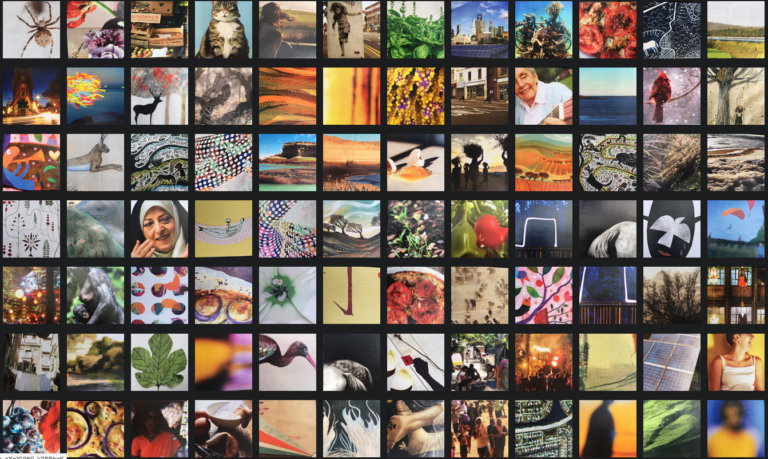Creative Tools

Picture Cards
Creative picture cards can be used in a number of situations, from brainstorming in groups to one-to-one conversations. They allow people to view challenges in a new light. The cards act as visual aids to facilitate discussion, learning and development. Adults learn so much from games that there is a new field now called Game-based learning (GLB)!
I find using creative picture cards to deal with complex issues a great, and fun, way to facilitate learning. It makes people get in touch with the power of non-linear thinking in the brain. This in turn promotes a space for reflection, where there is no right or wrong answer.
If you also want to use creative cards, there are a number of options to buy online. I have done mine myself. Using DIY, I cut pictures from an old magazine and glued them onto A5 cards. When the facilitation is online, I use my own creative cards stock page.
Objects
Along with my creative picture cards, my facilitation kit would be incomplete without my box of objects. I just love to see the look on people’s faces when I ask them to pick an object and then use that object to describe whatever it is that I want to explore.
By tapping into the brain’s power of non-linear thinking, we unleash chains of thought that we would not have access to via traditional linear thinking. It is such a valuable exercise that people sometimes even ask if they can take the objects they picked home.
Following my DIY tendencies, I have gathered my box of objects myself. Using a kitchen plastic tub, I collected many small items that were spread around my place, such as the unused birthday champagne candle in the picture. Then I added a few more that I found would add colour to the mix – and voilà!
It works across cultures
I strongly recommend the use of creative tools and I have taken mine all over the world, from Germany to Bangladesh and Brazil. It is great to see how pictures and objects translate across languages and cultures.
The trick is to ask people to pick the card/object first, and then only after they pick it, we ask the question of how that represents and describes whatever it is you want to discuss. In group settings, people can introduce their cards/objects to others in pairs, before introducing their choice to the whole group. This makes it less challenging.
At first, there is always a strange reaction from participants and a level of scepticism, which is normal. But then people get into it.